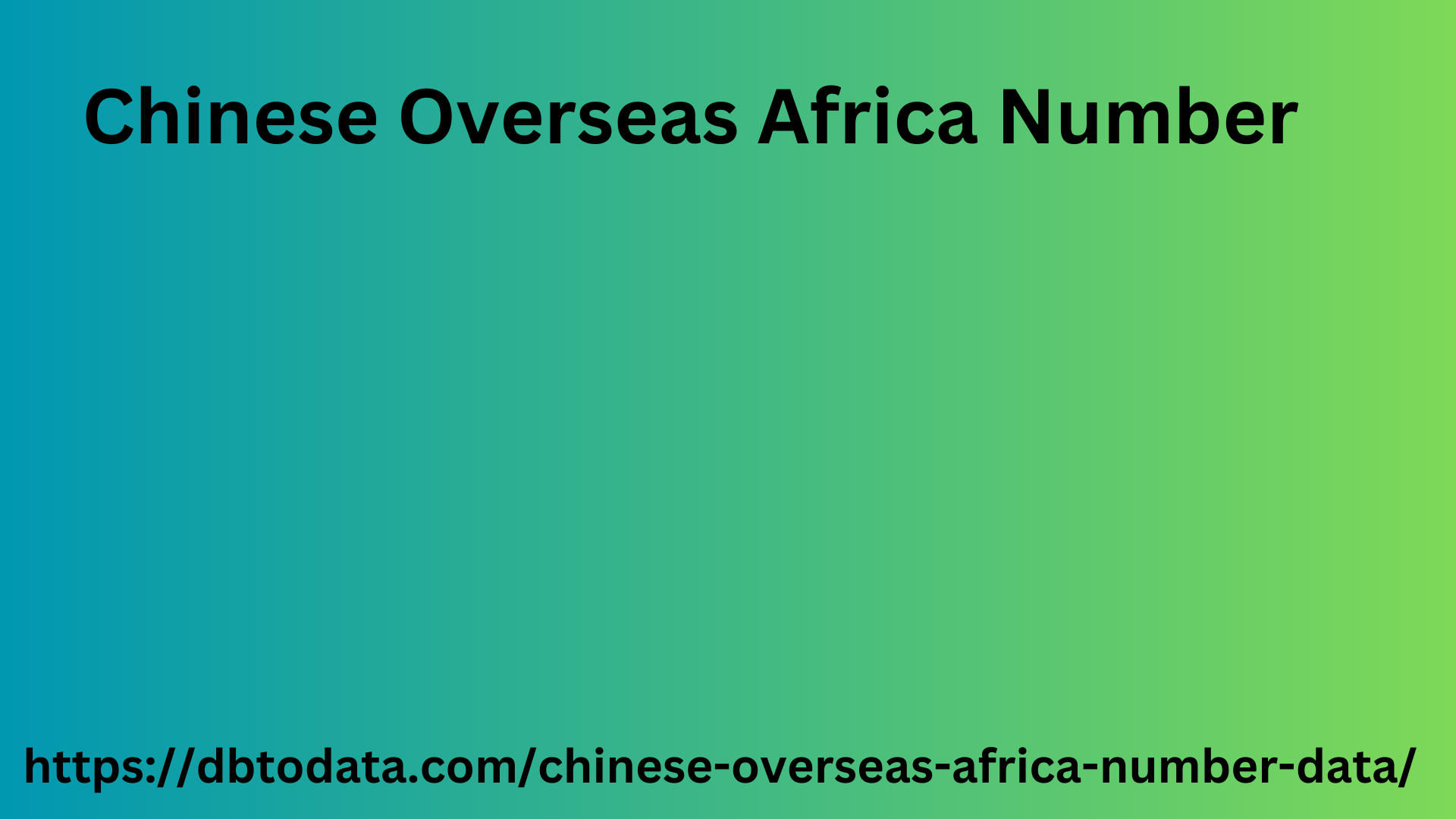|
|
European customs data provides detailed insights into the trade activities across the European Union (EU) and its interactions with non-EU countries. This data encompasses imports, exports, tariffs, and trade balances, serving as a crucial indicator of economic health and international trade dynamics.
Imports and ExportsThe EU is one of the largest trading blocs in the world, with significant import and export activities. Key import commodities include machinery, vehicles, pharmaceuticals, and energy products, primarily from China, the United States, and Russia. On the export side, the EU is renowned for its machinery, vehicles, chemicals, and agricultural products. Major export destinations include the United States, China, and the United Kingdom.
Trade BalancesThe EU often experiences a trade surplus, particularly with advanced Chinese Overseas Africa Number economies such as the United States and Japan. However, trade deficits can occur with major energy suppliers like Russia, due to the high volume of energy imports.

Tariffs and RegulationsCustoms duties within the EU are standardized under the Common Customs Tariff, which ensures uniform import duties across all member states. This common tariff is a cornerstone of the EU’s single market, promoting free movement of goods. For non-EU countries, tariff rates vary based on trade agreements and World Trade Organization (WTO) rules. The EU has numerous free trade agreements (FTAs) with countries like Canada (CETA), Japan (EPA), and several others, reducing or eliminating tariffs on a wide range of products.
Brexit ImpactSince the UK left the EU, customs data has shown shifts in trade patterns. Trade between the UK and EU has faced new barriers, leading to changes in supply chains and a reevaluation of trade partnerships. The reintroduction of customs checks and tariffs for UK-EU trade has also impacted businesses, increasing costs and administrative burdens.
Customs ProceduresThe EU’s customs procedures are designed to facilitate trade while ensuring security and compliance with regulatory standards. Modernization efforts, including the Union Customs Code (UCC), aim to streamline processes through digitalization and harmonized procedures across member states.
In summary, European customs data reflects the EU's role as a global trade powerhouse, its intricate trade relationships, and the regulatory frameworks that support and govern its extensive trade network.
|
|